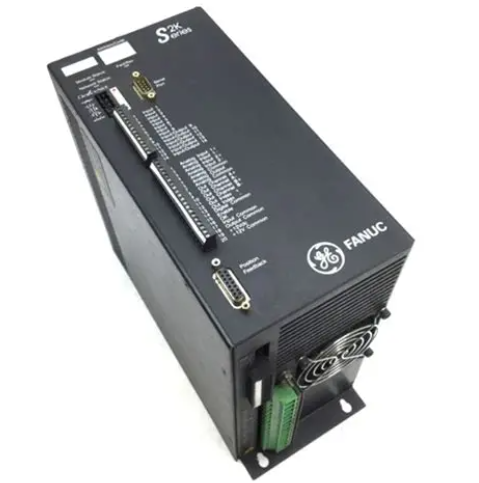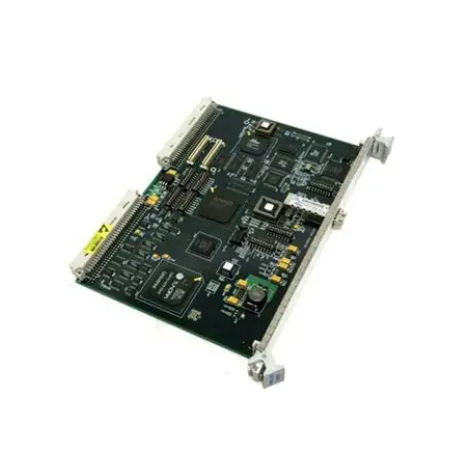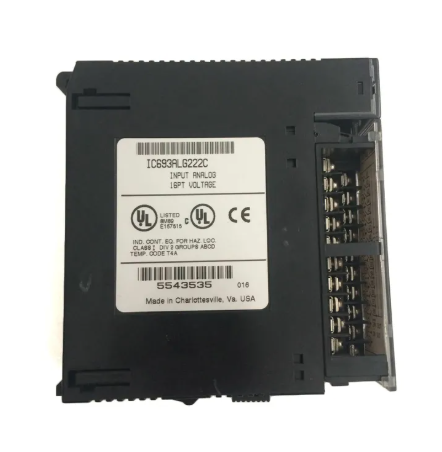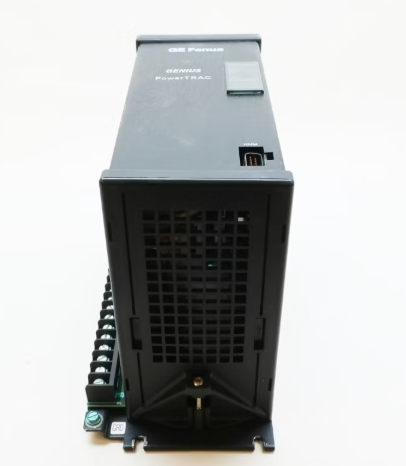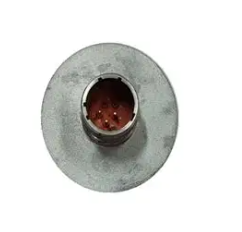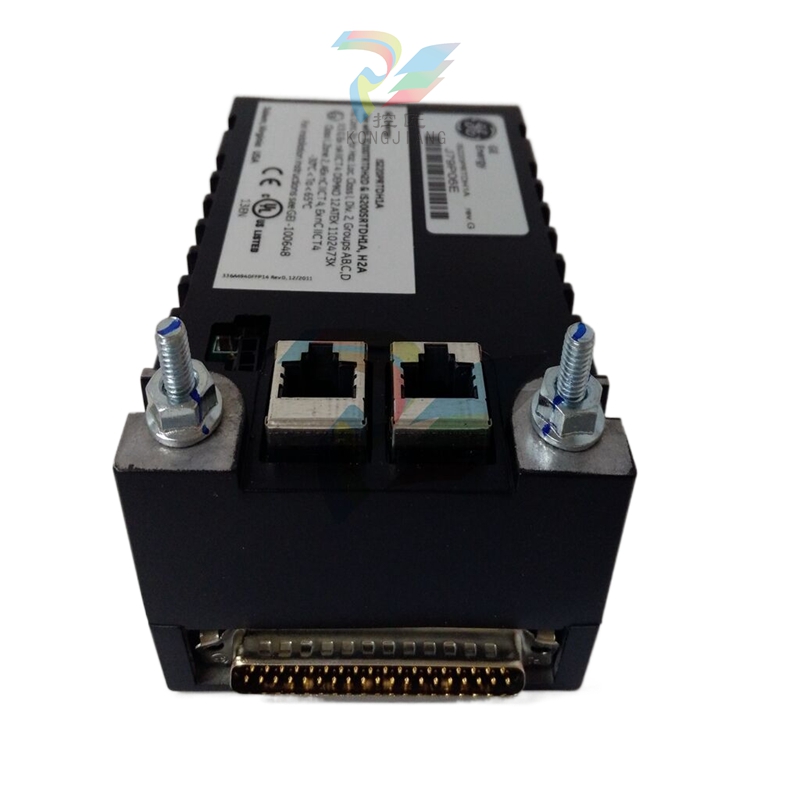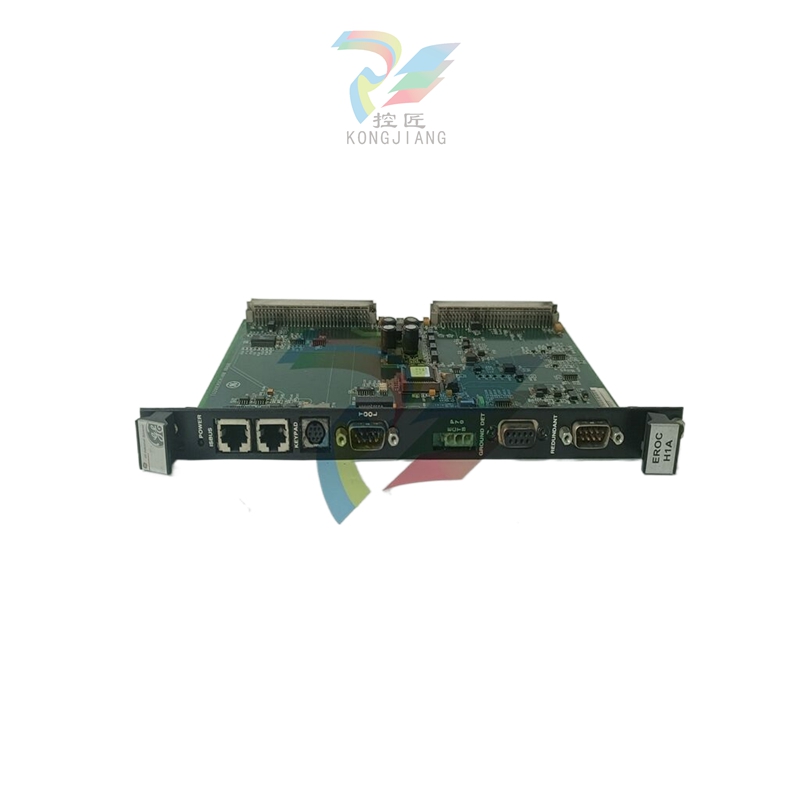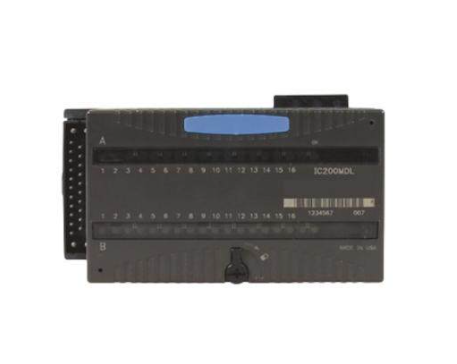Great contribution to the development of world paper making
A brief introduction to the principle of papermaking
Paper is made of fiber, but its structure is different from that of woven fabric. If a small piece of paper is placed under a high-powered microscope, it can be clearly seen that many fibers are irregularly overlapping each other, indicating that paper is a thin sheet of many plant fibers irregularly overlapping each other.
How can fibers overlap irregularly to form flat flakes? It turns out that this is the help of water, plant fibers after steaming and ramming, mixed with water, forming a mixture of plant fibers and water, that is, paper pulp, and then let the pulp through the object that can filter water (such as a screen or bamboo mat), the water is left out, leaving a thin layer of plant fibers overlapping sheets, this sheet is dried paper. Therefore, papermaking is divided into two steps: the first step is to make pulp, the second step is to form a sheet of pulp through the water filter object, and the manufacture of pulp is a primary link in papermaking. The quality of the paper is mainly determined by the quality of the pulp. Now let's see, how did pulp develop from the most primitive stage to the stage of being able to make high-grade paper?
Second, fiber separation technology - from fermentation to multistage cooking
Pulp is a mixture of plant fiber and water, strictly speaking, it should be a mixture of plant cellulose and water, and the first step in making pulp is of course to obtain plant cellulose. Cellulose is a component of plant fiber cell wall. It grows with lignin, pectin and hemicellulose and forms the wall of fiber cells. The intercellular layer between fiber cells and fiber cells in the whole fiber is filled with lignin, that is to say, the whole fiber cell is surrounded by lignin. A simple way to obtain plant cellulose is to mechanically separate the cellulose from other components through the mechanical action of a wood grinder.

Now newsprint is made by separating the cellulose from the wood grinder. But the pulp made by this mechanical method is not of high quality. Because the pulp in addition to cellulose, there are this quality, pectin, hemicellulose, only the other components of cellulose separated. Lignin and pectin are harmful impurities in papermaking. Therefore, the paper caused by this pulp, such as newsprint, will become yellow and discolored for a long time. Therefore, it is more reasonable to try to remove the lignin and pectin, so that the cellulose is separated.
Although we do not understand this truth in ancient China, in the practice process, we have gradually adopted various effective methods to remove harmful impurities, separate cellulose, get better pulp, and make paper with higher quality, thus laying the foundation for modern chemical pulping technology.
The earliest separation of fibers was by dipping. In the Book of Songs of the Zhou Dynasty, there are lines such as "The pool of East Gate can retting hemp" and "The pool of East Gate can retting lii". Both hemp and ramie here refer to hemp plants. The way to separate the fibers is to soak the hemp in a pool. Since the water in the pool does not flow, the temperature of the water in the pool rises under the sunlight for a long time, creating conditions for the propagation of microorganisms in the water. At this time, the microorganisms take pectin as nutrition and multiply rapidly, so as to achieve the purpose of degumming. When the pectin is removed from the fiber, the lignin loosens. When the smell is long, the cellulose is separated. This shows that as early as three thousand years ago, the Zhou Dynasty had used the method of retting to separate the fiber. Of course, paper was not invented at that time, and the separated fibers were used to make hemp products, but this method was also used when paper making began later.
This method of separating fiber by microbial fermentation, the lignin is not easy to remove, requires a long fermentation time, and is obviously not a good method. Later, it was found that it was better to add wood ash and clam for degluing during the retting process, and the same substance was added during the retting process, which greatly accelerated the speed of fiber separation, because wood ash was potassium carbonate and clam was calcium oxide. The aqueous solution of these two substances is an alkaline solution, and calcium oxide is dissolved in water and has an exothermic effect, which increases the temperature of the aqueous solution. This relatively hot alkaline solution not only dissolves pectin, but also has a dissolving effect on lignin. In the "Kaogong Ji" published in the Warring States period, there is a record of using neem as ash and "mirage" when retting silk. This indicates that the silk was degumming with wood ash and mirage at the latest during the Warring States period.
When hemp fiber began to be deglued by this method is not recorded in the literature, but according to the analysis of Western Han ramie flocculant unearthed in Fenghuang Mountain, Jiangling, Hubei, there are a lot of calcium ions on the surface of the fiber, indicating that hemp fiber has been deglued by lye at the latest in the Western Han Dynasty.
- EMERSON
- Honeywell
- CTI
- Rolls-Royce
- General Electric
- Woodward
- Yaskawa
- xYCOM
- Motorola
- Siemens
- Rockwell
- ABB
- B&R
- HIMA
- Construction site
- electricity
- Automobile market
- PLC
- DCS
- Motor drivers
- VSD
- Implications
- cement
- CO2
- CEM
- methane
- Artificial intelligence
- Titanic
- Solar energy
- Hydrogen fuel cell
- Hydrogen and fuel cells
- Hydrogen and oxygen fuel cells
- tyre
- Chemical fiber
- dynamo
- corpuscle
- Pulp and paper
- printing
- fossil
- FANUC
- Food and beverage
- Life science
- Sewage treatment
- Personal care
- electricity
- boats
- infrastructure
- Automobile industry
- metallurgy
- Nuclear power generation
- Geothermal power generation
- Water and wastewater
- Infrastructure construction
- Mine hazard
- steel
- papermaking
- Natural gas industry
- Infrastructure construction
- Power and energy
- Rubber and plastic
- Renewable energy
- pharmacy
- mining
- Plastic industry
- Schneider
- Kongsberg
- NI
- Wind energy
- International petroleum
- International new energy network
- gas
- WATLOW
- ProSoft
- SEW
- wind
- ADVANCED
- Reliance
- YOKOGAWA
- TRICONEX
- FOXBORO
- METSO
- MAN
- Advantest
- ADVANCED
- ALSTOM
- Control Wave
- AB
- AMAT
- STUDER
- KONGSBERG
- MOTOROLA
- DANAHER MOTION
- Bently
- Galil
- EATON
- MOLEX
- Triconex
- DEIF
- B&W
- ZYGO
- Aerotech
- DANFOSS
- KOLLMORGEN
- Beijer
- Endress+Hauser
- MOOG
- KB
- Moxa
- Rexroth
- YAMAHA
- Johnson
- Westinghouse
- WAGO
- TOSHIBA
- TEKTRONIX


Email:wang@kongjiangauto.com

















































































































